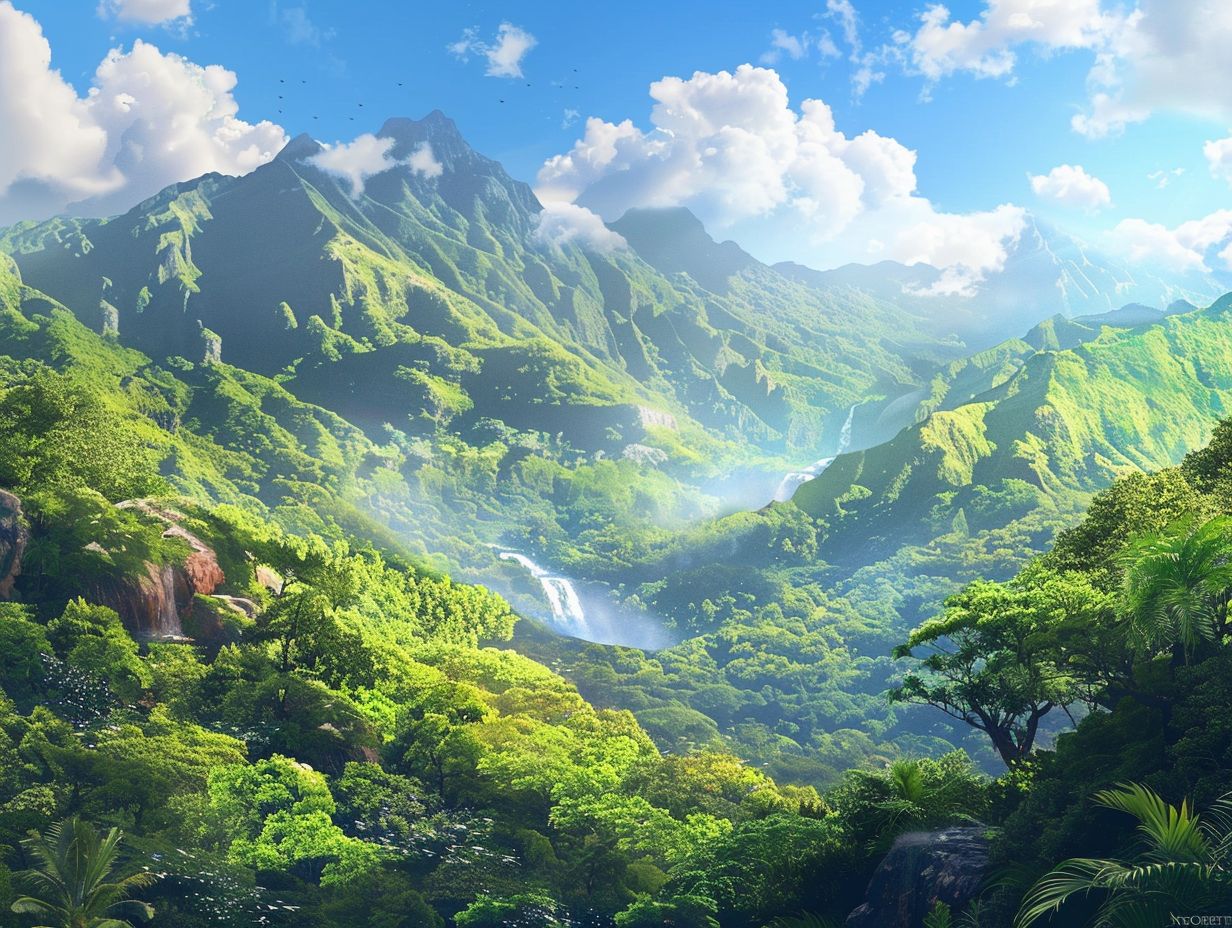Olympic National Park, located on the Olympic Peninsula in Washington, is a diverse and captivating destination that offers a wide range of activities and sights for state park touring enthusiasts. From the rugged Pacific coastline to the lush temperate rainforests and towering alpine peaks, this national park is a true natural wonder.
Exploring the Diverse Landscapes of Olympic National Park
The Pacific Coastline
The Pacific coastline of Olympic National Park is a must-visit destination for those who love the ocean. Iconic beaches like Ruby Beach and Kalaloch Beach offer stunning sea stacks, opportunities for beachcombing, and breathtaking views of the crashing waves.
The Temperate Rainforest
The temperate rainforest of Olympic National Park is a true gem, with the Hoh Rain Forest being one of the largest and most lush in the United States. Visitors can immerse themselves in the verdant greenery, moss-covered trees, and serene atmosphere of this unique ecosystem.
The Alpine Region
The alpine region of Olympic National Park, centered around Hurricane Ridge, offers stunning views of the Olympic Mountains and opportunities for hiking, skiing, and other outdoor activities. This area is a popular destination for those seeking a more rugged and adventurous experience.
The Eastern Mountains
The eastern side of Olympic National Park is home to the Elwha River Valley and Lake Crescent, both of which offer opportunities for hiking, camping, and exploring the park’s diverse landscapes.
Top Places to Visit in Olympic National Park

- Hurricane Ridge: This is the most easily accessible mountain area within the park, offering fantastic views and opportunities for hiking and skiing.
- Hoh Rain Forest: This is one of the largest temperate rainforests in the United States, with lush greenery and moss-covered trees.
- Lake Crescent: This deep, clear, glacially carved lake is surrounded by old-growth forest and is home to two endemic fish species.
- Ruby Beach: This beach is known for its stunning sea stacks and is a popular spot for beachcombing.
- Elwha River Valley: This valley is home to the Elwha River Restoration Project and offers opportunities for hiking and exploring a lush lowland old growth forest.
- Quinault Rain Forest: This wilderness gateway offers access to alpine meadows, jeweled lakes, and ice-carved peaks.
- Sol Duc Valley: This valley offers access to some of the park’s most popular wilderness backpacking areas, including Deer Lake and Seven Lakes Basin.
- Staircase: This lush, heavily forested area is located just one hour from Olympia and offers opportunities for hiking and exploring old-growth forest.
Planning Your Visit to Olympic National Park
When planning your visit to Olympic National Park, it’s important to consider the best time of year to visit based on your interests and the activities you want to enjoy. Spring is a great time for wildlife viewing, while summer is the most popular time due to the warm weather and low rainfall chances. Autumn is another good time for wildlife viewing, and winter is the wet season, with heavy rainfall in the rainforests and snow in the alpine regions.
The cost of visiting Olympic National Park is $30 for a weekly pass or $55 for an annual pass. The main visitor center and wilderness information center in Port Angeles are open daily from 8 a.m. to 5 p.m.
For more information and to plan your visit, be sure to check out the National Park Service website for Olympic National Park at https://www.nps.gov/olym/planyourvisit/places-to-go.htm.

